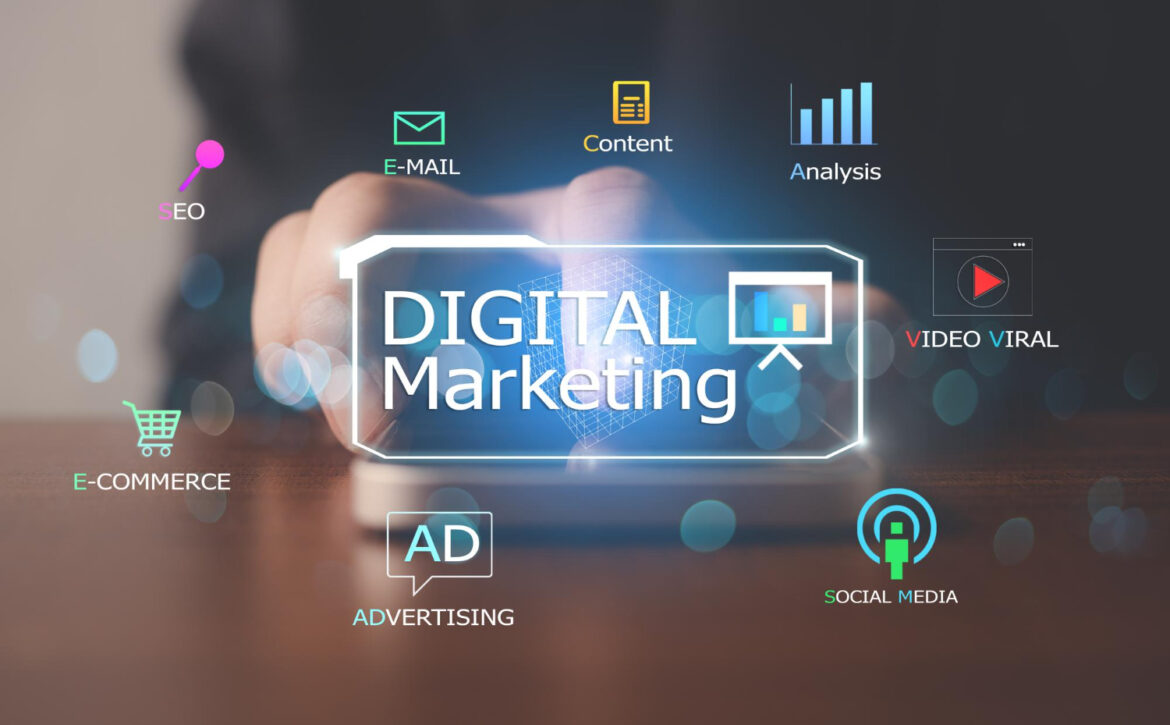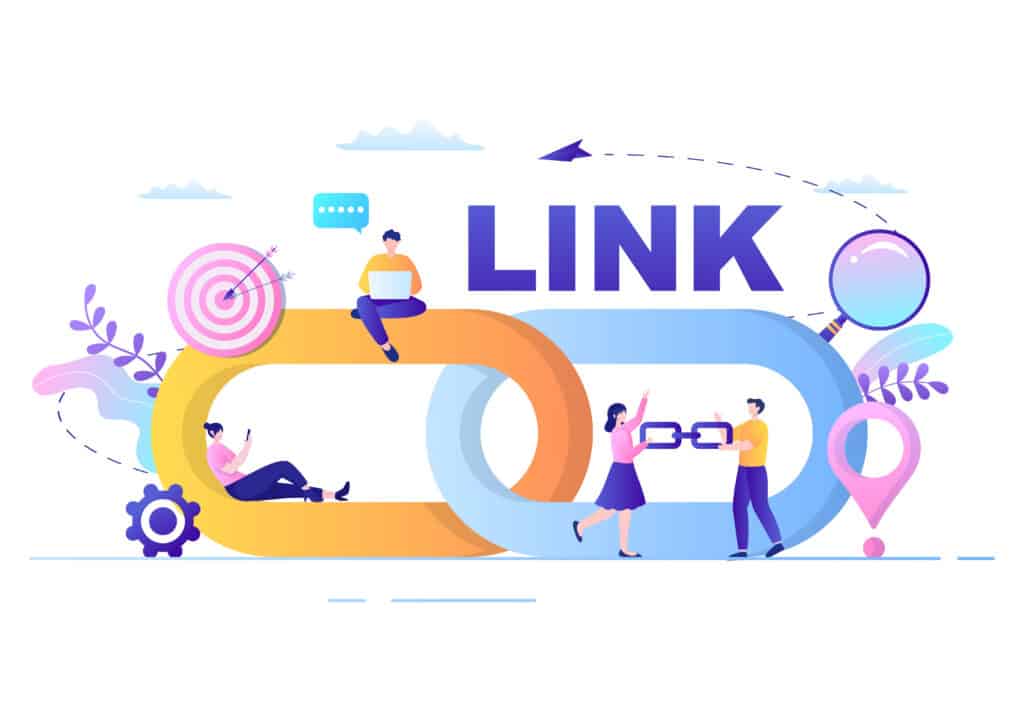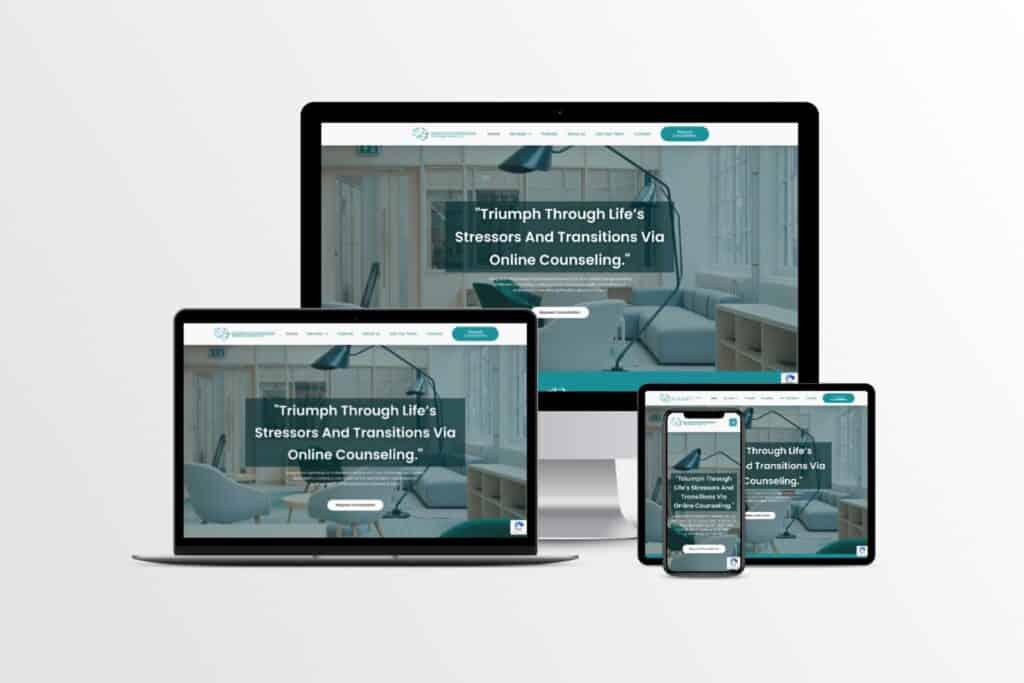Boosting Your Business Success With A Custom Membership App
A custom membership app designed to elevate your success to unprecedented heights. In a world where personalization reigns supreme, forging lasting connections with your customers is more critical than ever. A bespoke app tailored to your unique brand identity empowers you to provide unparalleled user experiences, seamlessly integrating loyalty programs, exclusive content, and personalized rewards. Join us on an exciting journey as we unveil the transformative power of a custom membership app and how it can revolutionize your business. Embrace this opportunity to unlock your full potential and forge unbreakable bonds with your cherished clientele.
Understanding Custom Membership Apps
Custom membership apps are specialized applications developed exclusively for your business, allowing you to extend personalized services and offerings to your valued customers. Unlike off-the-shelf applications, custom apps are crafted to align perfectly with your brand identity and cater to the specific needs of your target audience.
Key Features of Custom Membership Apps
- Personalization: Custom membership apps enable you to offer personalized experiences to each user, tailoring content, recommendations, and rewards based on their preferences and behavior.
- Loyalty Programs: These apps integrate loyalty programs, encouraging customers to engage more frequently and rewarding them for continued support.
- Exclusive Content: Your app can become a treasure trove of exclusive content, providing members access to premium articles, videos, or unavailable products.
- Seamless User Experience: Custom apps are designed with a user-centric approach, ensuring an intuitive and seamless user experience that keeps customers returning for more.
- Push Notifications: Stay connected with your members through timely and relevant push notifications, notifying them about new offers, updates, or events.
Benefits of Having a Dedicated App for Your Business
- Enhanced Customer Engagement: Custom membership apps offer a direct channel to engage with customers more deeply. By providing personalized content and experiences, you can create a stronger emotional connection, leading to increased loyalty and brand advocacy.
- Improved Customer Loyalty: Loyalty programs and exclusive content incentivize customers to remain loyal to your brand, resulting in higher customer retention rates and increased customer lifetime value.
- Valuable Customer Insights: App analytics provide valuable data on user behavior, preferences, and interactions, allowing you to make data-driven decisions to optimize your business strategies further.
- New Monetization Opportunities: Custom apps can open new revenue streams through subscription models, in-app purchases, or upselling techniques, bolstering your bottom line.
- Strengthened Brand Image: Having a dedicated app showcases your commitment to delivering an exceptional customer experience. This, in turn, enhances your brand image and positions your business as forward-thinking and customer-centric.
Enhancing Customer Engagement
Creating Personalized Experiences for Users
One size only fits some, especially regarding customer engagement. Custom membership apps empower you to deliver tailored experiences to each user. Your app can intelligently curate content and recommendations by collecting and analyzing user data, such as their preferences, purchase history, and browsing behavior. Whether offering personalized product suggestions, tailored articles, or customized promotions, your customers will feel seen and appreciated, strengthening their emotional connection to your brand.
Personalization doesn’t stop at content; it also extends to the overall user interface. A user-friendly and intuitive app that remembers user preferences and settings will enhance the overall experience and keep customers returning for more.
Integrating Loyalty Programs and Rewards
Loyalty programs have proven practical tools for increasing customer retention and encouraging repeat business. When integrated into your custom membership app, loyalty programs become easily accessible to your customers, adding convenience to the rewards process.
The app lets customers track their loyalty points, view their rewards status, and unlock exclusive perks. Implementing gamification elements, such as progress bars or achievement badges, can make the experience more enjoyable and encourage users to reach higher tiers. Remember, a well-crafted loyalty program rewards existing customers and incentivizes potential customers to join, adding an extra layer of value to your app.
Exclusive Content and Offers for Members
One of the most compelling reasons customers join a custom membership app is access to exclusive content and offers. By offering members behind-the-scenes content, early access to product launches, or exclusive promotions, you create a sense of exclusivity and make customers feel part of an exclusive community.
Exclusive content can take various forms, such as premium articles, members-only videos, or special live events. Continuously providing fresh and valuable content keeps users engaged and encourages them to interact with your app regularly. Moreover, app-exclusive offers and discounts incentivize customers to purchase through the app, increasing sales and driving revenue growth.

Building Customer Loyalty
How Custom Membership Apps Foster Customer Loyalty
- Personalized Experiences: Custom membership apps enable you to deliver personalized experiences, making customers feel valued and understood. By tailoring content, recommendations, and offers to their preferences, you create a connection that strengthens the bond between customers and your brand.
- Convenient Loyalty Programs: Integrate loyalty programs into your app to make earning and redeeming rewards seamless for customers. The ease of tracking their loyalty points and accessing exclusive perks encourages users to continue engaging with your brand.
- Exclusive Rewards: By offering app-exclusive rewards, discounts, or early access to products, you make your customers feel special and appreciated. Exclusive perks create a sense of exclusivity, driving loyalty and encouraging customers to choose your brand over competitors.
- Push Notifications: Utilize push notifications to stay in touch with your customers regularly. Sending personalized messages about new rewards, special events, or limited-time offers keeps customers engaged and motivated to interact with your app.
Strategies for Retaining Customers through the App
- Regular Updates and Fresh Content: Keep your app dynamic and engaging by providing regular updates and fresh content. Whether it’s new product releases, informative articles, or entertaining videos, offering something new ensures customers have a reason to return to your app frequently.
- Incentives for App Engagement: Encourage users to interact with your app regularly by offering incentives, such as bonus loyalty points for daily logins or referrals. Gamification elements, like challenges and badges, add a fun and competitive aspect to app usage.
- Customer Feedback and Support: Actively seek customer feedback through the app and respond to their inquiries promptly. Demonstrating that you value their opinions and care about their concerns builds trust and fosters a positive relationship.
- Personalized Recommendations: Leverage data collected from user interactions to provide personalized recommendations for products or content. Suggesting items based on their preferences enhances the user experience and increases the chances of making successful purchases.
- Social Community Building: Create a social community within your app, allowing customers to interact with each other and share their experiences. A vibrant community fosters a sense of belonging and emotional attachment to your brand.

Data-driven Insights
Utilizing App Analytics to Gain Valuable Customer Insights
App analytics serve as the eyes and ears of your custom membership app, providing a comprehensive understanding of how users engage with your platform. These analytical tools track user actions, from their time on the app and the features they use most to their preferences and purchase patterns.
By closely examining these metrics, businesses can identify trends and patterns that shed light on user behavior. For instance, app analytics may reveal that certain content types are more popular than others or that users tend to drop off during specific customer journey stages. Armed with such insights, you can fine-tune your app and optimize the user experience, addressing pain points and enhancing areas of strength.
Improving Business Decisions Based on App Data
Data-driven insights go beyond understanding app performance; they offer a strategic advantage for making informed business decisions. Armed with comprehensive app analytics, businesses can take a more targeted approach to marketing, tailoring campaigns to specific audience segments based on their preferences and behaviors.
Furthermore, app data can help identify emerging trends and customer needs, guiding the development of new products or services that cater to these demands. It can also uncover cross-selling and upselling opportunities as you better understand customer preferences and purchase habits.
Monetization Opportunities
Generating Revenue through Subscription Models
Subscription models have become increasingly popular for custom membership apps thanks to their ability to provide consistent revenue streams while keeping users engaged. By offering tiered subscription plans, businesses can cater to various segments of their audience, each with different levels of access and benefits.
For instance, you might offer a basic free tier with limited access to content and features, enticing users to explore and experience the app. Then, you can present premium subscription options with exclusive content, enhanced functionality, and added perks, encouraging users to upgrade for a more comprehensive experience.
The key to success with subscription models lies in delivering ongoing value and continuously enriching the app’s offerings. By listening to user feedback and regularly updating and expanding your content and features, you demonstrate your commitment to providing a worthwhile investment for subscribers.
In-App Purchases and Upselling Techniques
In-app purchases represent another lucrative avenue for monetization within custom membership apps. Rather than relying solely on subscriptions, you can offer individual items or features for purchase, allowing users to pay for only what they need or desire.
For instance, if your app provides access to premium content, users can purchase specific articles, videos, or courses individually. Alternatively, you could offer virtual goods, unique icons, or premium filters for users to purchase, enhancing their experience within the app.
Upselling techniques can complement in-app purchases, encouraging users to upgrade or unlock additional features while using the app. For instance, if a user uses a limited version of your app, you can prompt them with personalized messages, showcasing the value of upgrading to a premium version. Highlighting exclusive benefits and offering limited-time discounts can be effective incentives to drive conversions.
A custom membership app has emerged as a game-changer for businesses aiming to soar to new heights of success. With personalized experiences, loyalty programs, exclusive content, and data-driven insights, this powerful tool fosters unparalleled customer engagement and loyalty. Don’t miss out on the chance to revolutionize your business! Contact us today at (760)-383-3591 and let our experts guide you in crafting a bespoke app tailored to your unique needs. Embrace the future of business growth and watch as your brand thrives, fueled by a vibrant community of satisfied customers. The journey to success begins now.
























